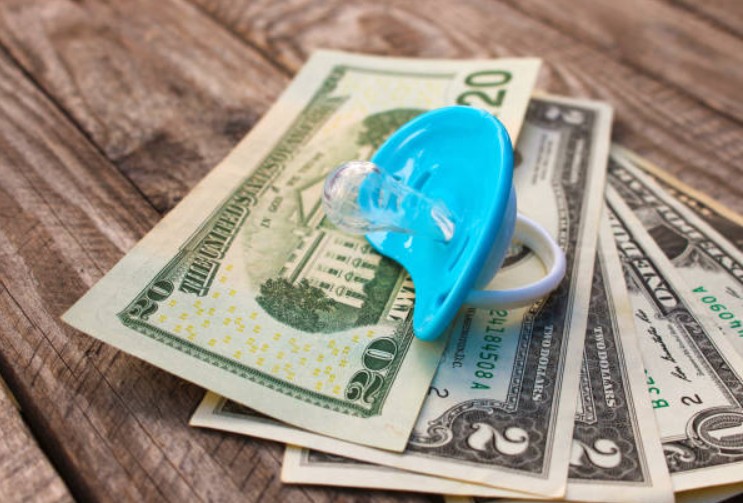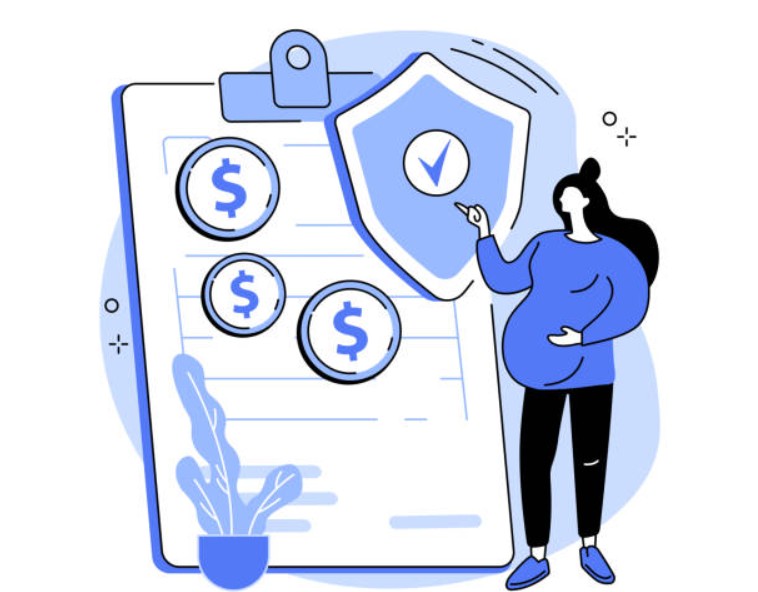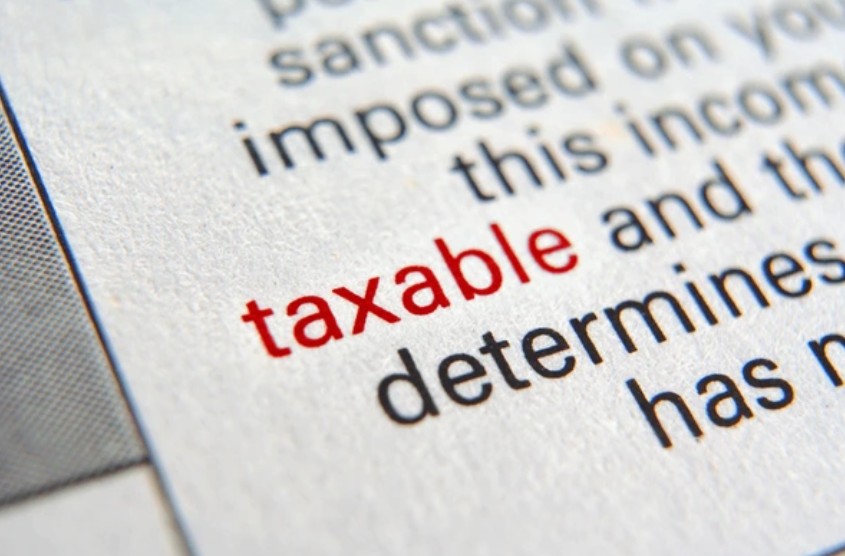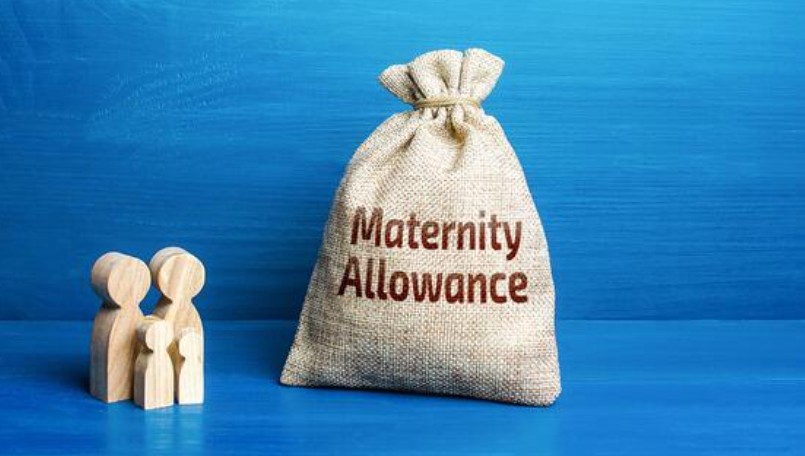Maternity Allowance is a UK benefit paid to pregnant women who don’t qualify for Statutory Maternity Pay, helping support them during maternity leave.
It’s usually given to self-employed women, recently employed workers, or those with irregular work patterns. It helps cover the cost of living while you’re off work due to pregnancy and childbirth.
Unlike some other benefits, it’s non-taxable and paid directly into your bank account every 2 or 4 weeks for up to 39 weeks.
Benefits of Maternity Allowance
Maternity Allowance is a benefit that supports pregnant women who aren’t eligible for Statutory Maternity Pay. It was made to help during maternity leave.
The main benefit of Maternity Allowance is financial support during maternity leave if you don’t qualify for SMP. It allows you to take time off for childbirth and recovery without worrying as much about lost income.
It’s also more flexible, self-employed people can still work on their business for up to 10 “Keeping in Touch” (KIT) days without affecting payments. Plus, it doesn’t affect your partner’s rights to paternity or shared parental leave.
Key benefits include:
- Financial help during unpaid maternity leave
- Support for self-employed and part-time workers
- Up to 39 weeks of payments
- Helps cover costs during pregnancy and early parenthood
- Claim from 26 weeks of pregnancy, with payments starting 11 weeks before due date
It eases financial pressure so you can focus on your health and your baby.
How much is the Maternity Allowance? (2025)
Maternity Allowance in 2025 is £184.03 weekly for up to 39 weeks, based on your earnings, and is for those who don’t qualify for Statutory Maternity Pay.
For 2025, the standard Maternity Allowance rate is £184.03 per week or 90% of your average weekly earnings, whichever is lower. If you don’t meet the earnings threshold, you might get a lower rate, either £27 a week or nothing at all.

Payments last for up to 39 weeks and are usually made every 2 or 4 weeks straight to your account. The amount is fixed and not affected by savings or other income.
It’s usually available if you’re employed, self-employed, or recently stopped working. To qualify, you must have worked at least 26 weeks in the 66 weeks before your baby’s due.
You’ll also need to have earned at least £30 a week in 13 of those weeks. Paying Class 2 National Insurance if you’re self-employed can help meet the income test.
Eligibility Criteria for Maternity Allowance
To get Maternity Allowance, you must have worked or been self-employed for 26 weeks and earned £30 or more a week in at least 13 of those weeks during the 66 weeks before your baby is due. The work doesn’t need to be continuous, and it can include part-time, agency, or freelance jobs.
You may qualify if:
- You’re employed but not eligible for Statutory Maternity Pay (SMP)
- You’re self-employed and have paid Class 2 National Insurance
- You’ve recently stopped working, but meet the earnings and work test
- You help run your spouse or civil partner’s business without pay
Your due date and the qualifying weeks play a big part, so it’s worth checking your dates early. If you’re unsure, the Maternity Allowance calculator on GOV.UK can help you check quickly.

What If You Haven’t Worked?
If you haven’t worked, haven’t been self-employed, or don’t meet the earnings requirement, you won’t qualify for Maternity Allowance. Unfortunately, Maternity Allowance is designed for women who’ve had some work or self-employment history in the 66 weeks before their baby is due.
However, you might still be entitled to other financial support, such as:
- Universal Credit – if you have a low household income or savings
- Sure Start Maternity Grant – a one-off payment of £500 (if it’s your first child or you’re receiving certain benefits)
- Child Benefit – available to most parents once the baby is born
- Income Support or Housing Benefit – depending on your situation
How to Apply for Maternity Allowance?
To apply for Maternity Allowance by filling in the MA1 form, add proof of income and due date, then send it by post or online to your local Jobcentre Plus.
- Get the MA1 Form – Download it from GOV.UK or collect it at your local Jobcentre Plus.
- Prepare Documents – Include your MATB1 certificate, proof of earnings (like payslips or self-employment records), and National Insurance number.
- Check Eligibility – You must have worked (employed or self-employed) for at least 26 weeks in the 66 weeks before your baby’s due date.
- Submit Your Application – Fill in the MA1 form and post it with documents, or apply online if eligible.
- Receive a Decision & Payment – If approved, you could get up to £184.03 a week for 39 weeks, paid directly to your bank account.
Is Maternity Allowance Taxable?
No, Maternity Allowance isn’t classed as taxable income in the UK, so you don’t pay tax on it, and it won’t change your income tax or National Insurance.
However, it may reduce your eligibility for Income Support or Housing Benefit, depending on your household income. Always check with a benefits adviser if you’re receiving other support.

What You Need to Know About DWP in Maternity Allowance?
DWP handles Maternity Allowance claims if you’re not eligible for Statutory Maternity Pay. It is paid every 2 or 4 weeks and helps support you during leave.
You can claim if you’re self-employed, recently stopped working, or didn’t earn enough for SMP. You’ll need your MATB1 form, proof of your earnings, and work history details to apply.
The amount depends on your National Insurance record and recent pay, offering financial help while you’re off work. Claiming early ensures you get the support you need throughout your pregnancy and after your baby is born.
Frequently Asked Questions (FAQs)
1. Can I get Maternity Allowance if I’m self-employed?
Yes, self-employed individuals are often eligible for Maternity Allowance if they’ve paid enough Class 2 National Insurance contributions and meet the work and income criteria during the qualifying period.
2. Is Maternity Allowance the same as Statutory Maternity Pay (SMP)?
No, it’s different. Maternity Allowance is an alternative to SMP for those who don’t qualify through their employer. It’s paid by the DWP, not your employer.
3. How do I get an MA1 form to claim Maternity Allowance?
You can download the MA1 claim form from the GOV.UK website or request a paper copy. Submit it with your MATB1 certificate and proof of income.
4. When should I apply for Maternity Allowance?
You can apply once you’re 26 weeks pregnant, but payments can only begin 11 weeks before your due date. Apply early to avoid delays.
5. How long does it take to get a decision from the DWP?
The DWP usually sends a decision within 2 to 4 weeks of receiving your complete application. Delays can happen if documents are missing or unclear.






